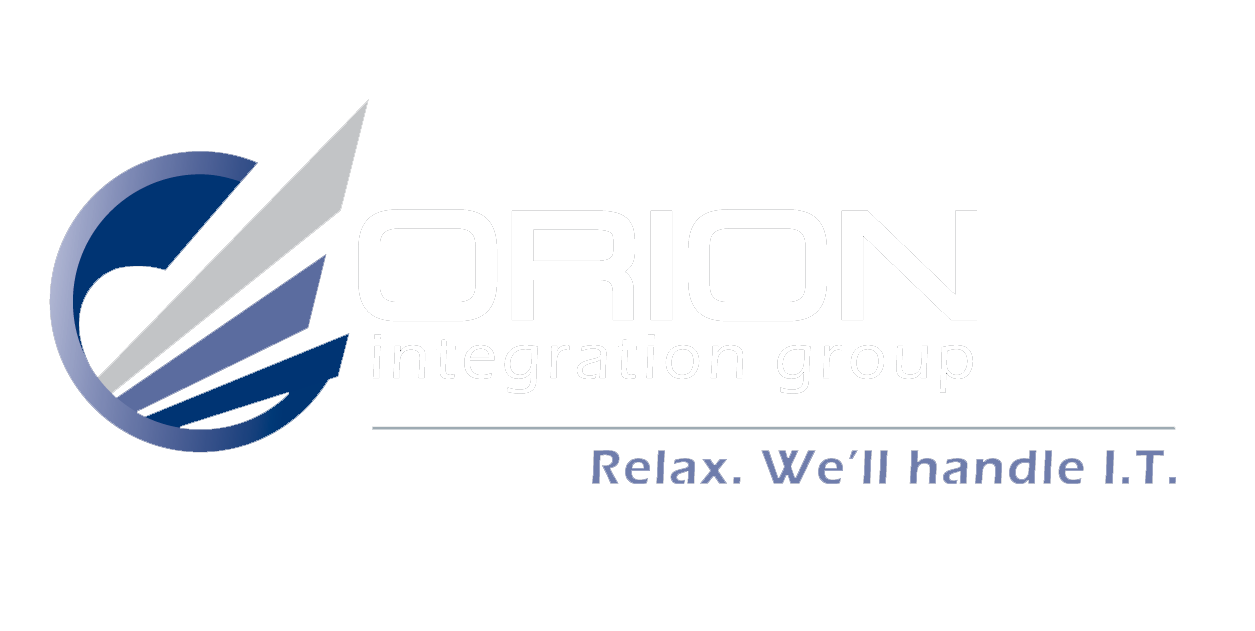Learning from History: A Guide to Cybersecurity Best Practices
Understanding the past can help protect against future threats. This idea is especially true when it comes to cybersecurity. By looking at previous cyber attacks and how they were handled, valuable lessons can be learned. These lessons highlight common pitfalls and effective strategies, helping to shape better practices. Recognizing patterns and understanding historical responses can greatly improve security measures, making systems more resilient against potential threats. This approach of learning from history is key to building stronger defenses in the ever-evolving field of cybersecurity.
Overview of Cybersecurity Landscape
The landscape of cybersecurity has drastically evolved over the past few decades, shaping the way businesses operate and safeguard their digital assets. At the center of this evolution are major cybersecurity incidents that have not only exposed vulnerabilities in prominent systems but also served as critical learning opportunities for the industry.
A brief history of
major cybersecurity incidents globally reveals a pattern of increasing complexity and sophistication in attacks. From the infamous Morris Worm of 1988, considered one of the first worms distributed via the internet, to the more recent WannaCry ransomware attack in 2017, each incident has left a distinct mark on the cybersecurity realm. These events have shown that no organization, regardless of its size or the industry it belongs to, is immune to cyber threats.
The nature of cyber threats has continued to evolve, becoming more sophisticated and targeted. Cybercriminals now leverage advanced techniques such as artificial intelligence (AI) and machine learning (ML) to carry out their attacks, making it increasingly challenging for businesses to defend themselves. This evolution has not only heightened the risks associated with data breaches, such as financial loss and reputational damage but also emphasized the need for robust cybersecurity measures.
Learning from past breaches is paramount for bolstering current security measures. Analyzing these incidents helps in understanding the tactics, techniques, and procedures (TTPs) employed by attackers, thereby informing the development of more effective security strategies. For instance, the Equifax breach underscored the importance of patch management, while the SolarWinds supply chain attack highlighted vulnerabilities in software supply chains that many were previously unaware of.
These historical breaches underscore the necessity for businesses to adopt a proactive approach to cybersecurity. This entails not just investing in the right technology but also fostering a culture of security awareness among employees and ensuring regular updates and patches are applied to all systems. It's about building resilience against potential threats through continuous monitoring, threat hunting, and having a robust incident response plan in place.
The ever-evolving cyber threat landscape demands that businesses stay vigilant and learn from the past. By examining major historical cybersecurity incidents, organizations can gain valuable insights into strengthening their security posture against future threats. This approach is not only crucial for protecting sensitive data and maintaining customer trust but also essential for the long-term sustainability of businesses in today's digital age.
Analyzing Notable Cybersecurity Breaches
The digital age, while bringing an abundance of opportunities, also introduces a series of significant threats, with cybersecurity breaches topping the list. A closer examination of notable incidents reveals a pattern of exploitation and a series of lessons for the cybersecurity industry.
The 2017 Equifax Data Breach
The Equifax data breach was a seismic event that shook the world of cybersecurity. An attacker exploited a vulnerability in the Apache Struts framework used by Equifax’s website, compromising the personal information of approximately 147 million consumers. This breach not only exposed sensitive data but also highlighted the critical importance of patch management. Equifax's delay in updating their systems, despite available patches, played a pivotal role in the breach. The lesson was clear: timely patching and updates are non-negotiable in cybersecurity protocols.
The SolarWinds Supply Chain Attack
The SolarWinds breach was a sophisticated supply chain attack that compromised the Orion software update mechanism, affecting thousands of organizations, including U.S. government agencies. This incident underscored the complexities of supply chain security and the importance of scrutinizing third-party components in any software ecosystem. It brought to light critical strategies for prevention, including the need for rigorous third-party risk management processes and the implementation of secure software development practices.
The WannaCry Ransomware Attack
In May 2017, WannaCry ransomware spread globally, affecting over 200,000 computers across 150 countries, with a significant impact on the UK’s National Health Service. The attack exploited vulnerabilities in outdated Windows systems that had not been updated with available patches. This incident underlined the devastating impact of ransomware on critical sectors and the absolute necessity for regular system updates and backups. It also highlighted the importance of collective cyber defense efforts and the sharing of threat intelligence among global and industry partners.
Each of these incidents sheds light on specific vulnerabilities and lapses in cybersecurity practices. Equifax’s ordeal emphasizes the need for prompt application of security patches, SolarWinds highlights the risks embedded in software supply chains, and WannaCry rings alarms about the dangers of neglected system updates. The common thread among all is the incontrovertible need for stringent, proactive cybersecurity measures.
In their wake, these breaches have catalyzed significant shifts in cybersecurity paradigms. Businesses and governmental entities alike are now more vigilant about the potential ingress points for cyberattacks and are adopting more comprehensive strategies for risk assessment, threat detection, and incident response. Learning from these incidents is not just beneficial but essential for developing resilient cybersecurity frameworks capable of withstanding the advancing sophistication of cyber threats.
Implementing Lessons into Current Security Measures
The aftermath of significant cybersecurity breaches has underscored the unyielding evolution of cyber threats and the continuous need for robust defenses. The lessons gleaned from these incidents offer valuable insights into preventive strategies and building resilience. Implementing these lessons into current security measures is not just prudent; it's imperative for businesses aiming to safeguard their digital assets against future threats.
The role of continuous monitoring and threat detection
Continuous monitoring and threat detection stand as the first line of defense in identifying potential vulnerabilities and ongoing attacks. By leveraging advanced security technologies that employ artificial intelligence and machine learning, organizations can detect anomalies in real time, significantly reducing the window of opportunity for attackers. This proactive stance enables swift responses to threats before they can escalate into full-blown breaches.
Importance of regular system updates and patch management
The Equifax breach brutally highlighted the consequences of neglecting system updates and patch management. Regularly updating and patching systems not only rectifies known vulnerabilities but also enhances the overall security posture of an organization. Implementing a systematic patch management process ensures that all systems are up-to-date, thereby minimizing the attack surface available to cybercriminals.
Establishing a robust incident response strategy
Even with the best preventive measures in place, breaches can still occur. A robust incident response strategy is crucial for minimizing damage and restoring normal operations promptly. This strategy should include clear roles and responsibilities, a communication plan for internal and external stakeholders, and procedures for eradicating threats and recovering affected systems. Regularly testing and refining the incident response plan ensures readiness when a real incident occurs.
Frameworks for enhancing cybersecurity resilience among SMEs
Small and medium-sized enterprises (SMEs) often lack the resources of their larger counterparts but face similar, if not greater, risks of cyberattacks. Implementing frameworks such as the NIST Cybersecurity Framework can guide SMEs in managing their cybersecurity risks. These frameworks provide a structured approach for assessing current security practices, identifying gaps, and implementing specific security measures tailored to the organization's needs and capabilities.
Conclusion: The Path Forward in Cybersecurity for SMEs
The lessons learned from past cybersecurity breaches serve as a roadmap for enhancing security measures and building resilience against future threats. As cybercriminals continue to adapt and evolve, so too must our strategies for defending against them. For businesses, this means not only investing in the latest security technologies but also fostering a culture of security awareness throughout the organization. By learning from the past and remaining vigilant in the present, organizations can aspire to a more secure future in the digital age. Future-looking strategies, such as investing in cybersecurity awareness training, engaging in public-private cybersecurity initiatives, and adopting industry best practices, will be pivotal in staying ahead of cyber threats and protecting business assets.
Ready to fortify your organization's defense against the ever-evolving cyber threats? Contact Orion Integration Group today, they specialize in crafting state-of-the-art cybersecurity solutions tailored to your business needs.




